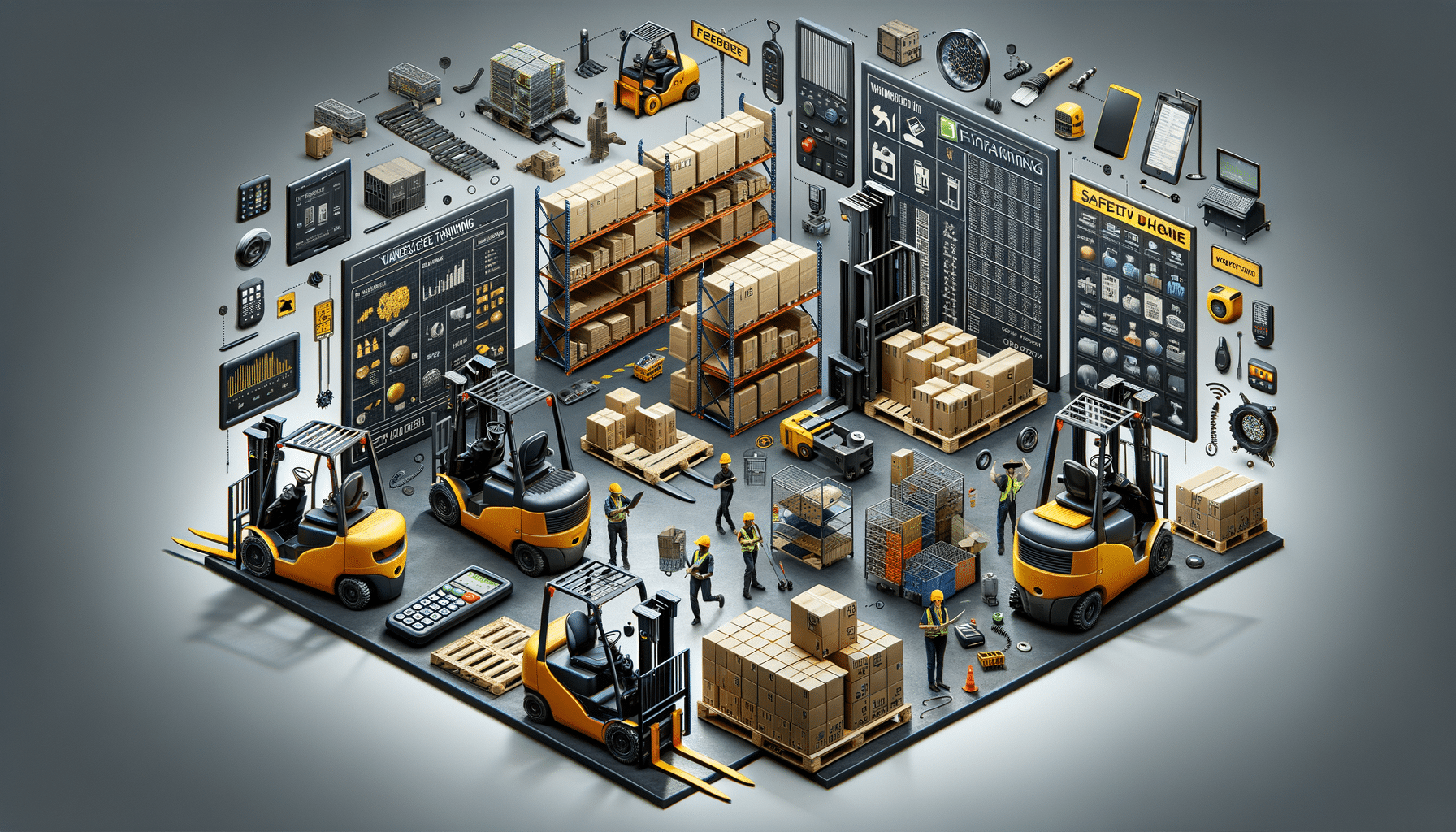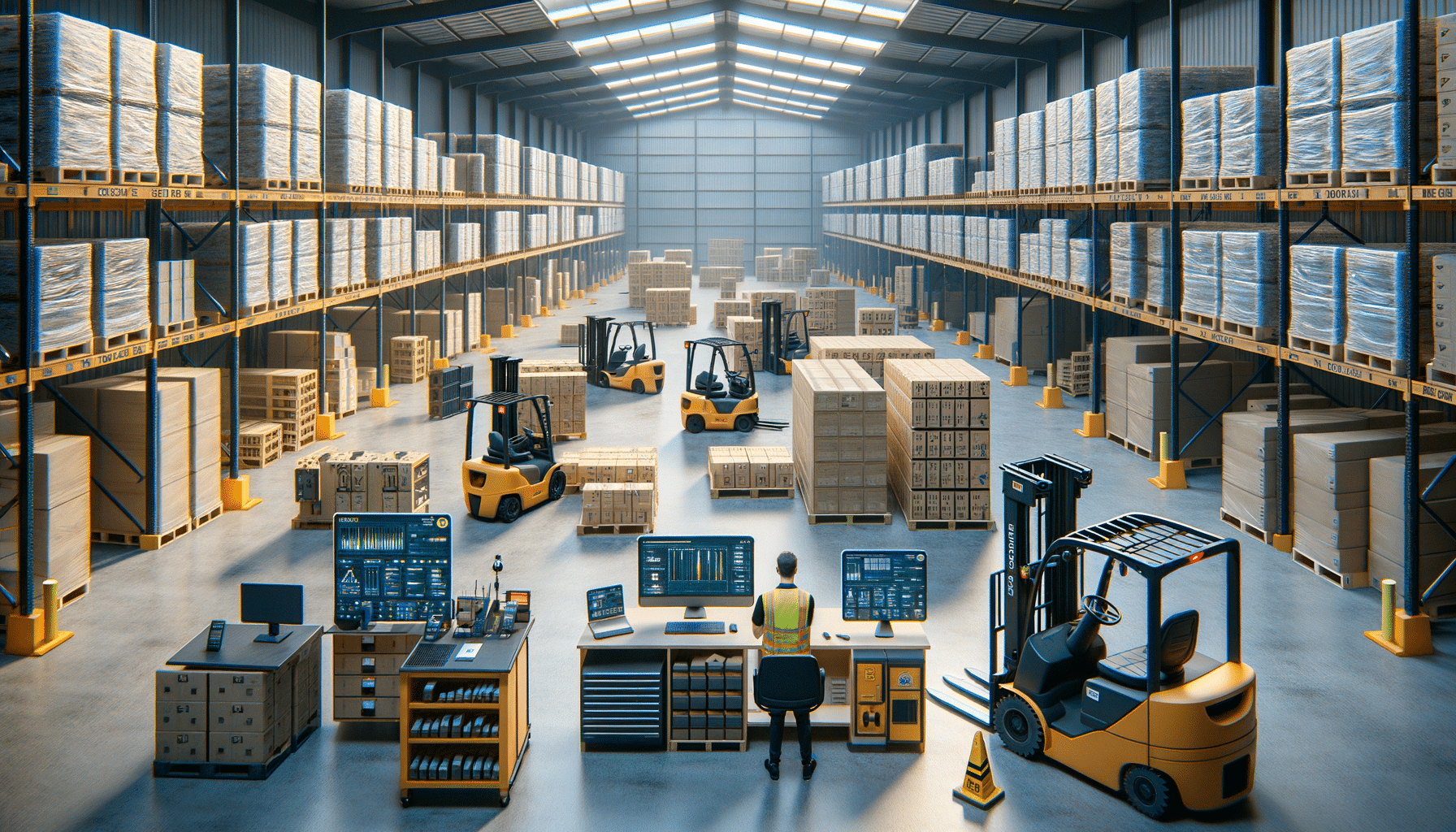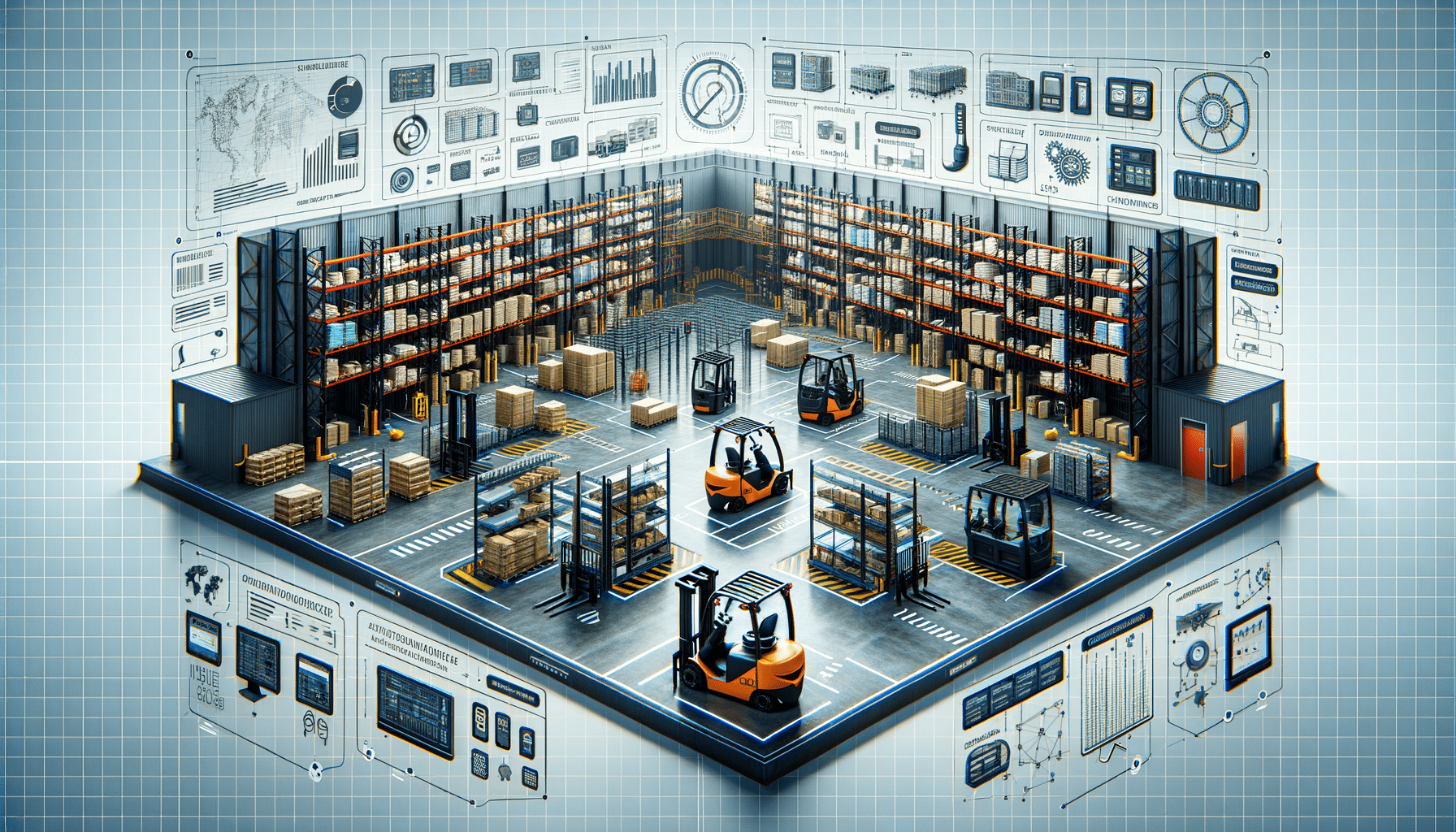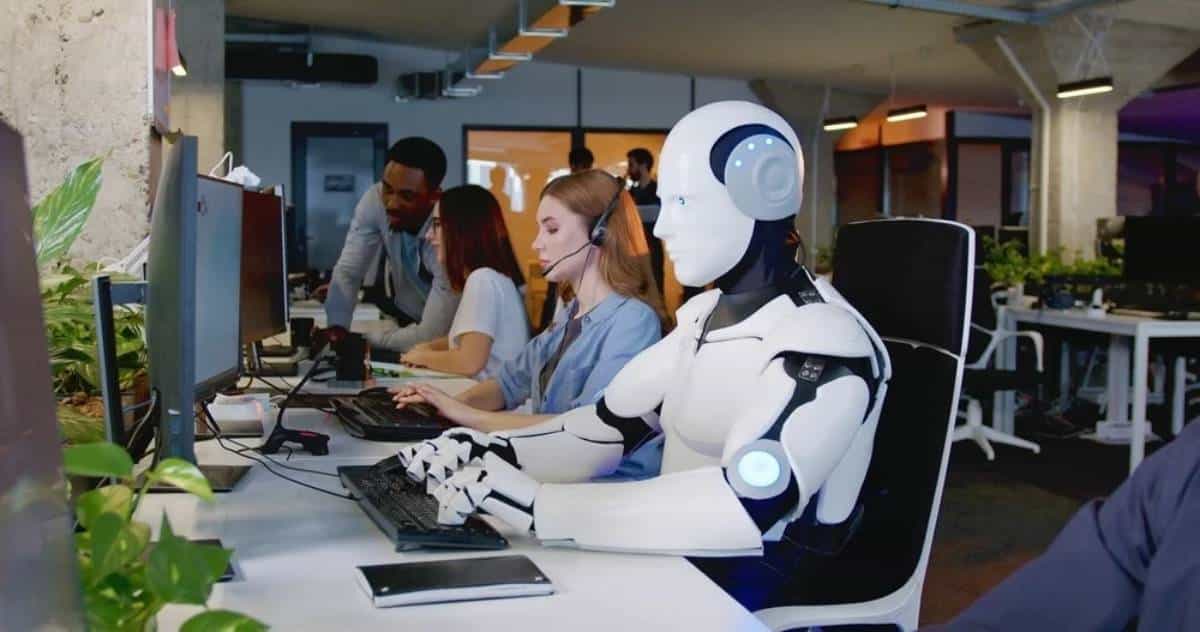
How to Understand the Advancements Bringing Humanoid Robots Closer to Reality
The world of robotics is advancing rapidly, as with science fiction. As mentioned, AI and ML are bringing humanoid robots to life. AI-generated humanoids can take over jobs that require a human element by 2025.
In this guide, we’ll explore the latest on humanoid robotics, breakthroughs, and how these robots will help humans work in various industries.
Key Benefits of Humanoid Robots & Why They Matter
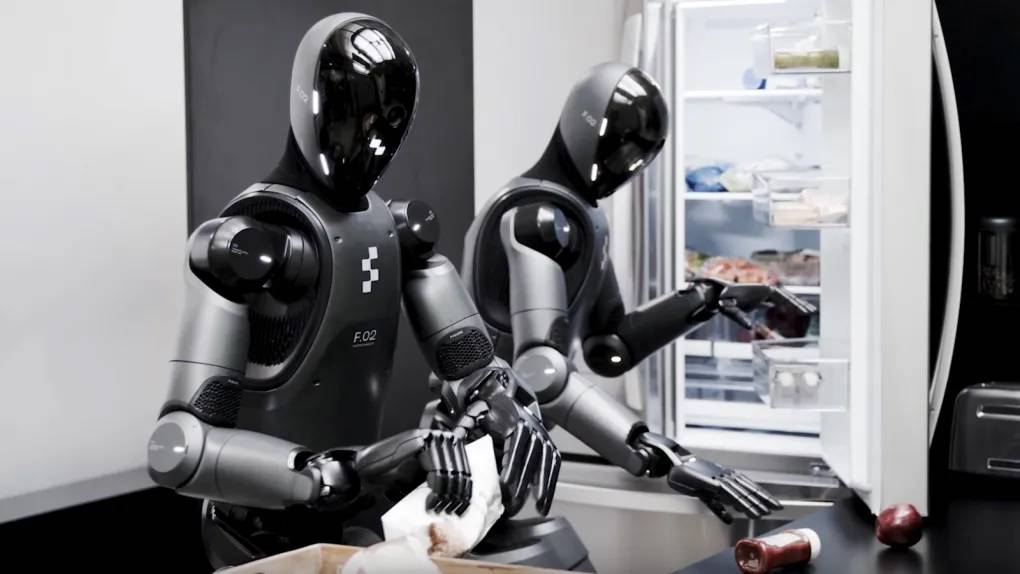
Transforming Industries
Humanoid robots are more than a tech trend; they can change many sectors, such as healthcare, manufacturing, customer service, and home management. They imitate human actions, making them ideal for roles that require human-like interaction.
- Healthcare: Robots can help care for patients, provide companionship, and perform medical tasks, easing the load for healthcare workers.
- Manufacturing: In factories, robots work with humans to boost efficiency and safety.
- Service Industry: AI-driven robots can offer customer support in hotels, retail, and restaurants.
- Home Assistance: They can aid older people with daily tasks, promoting safer independent living.
Meeting the Demand for Automation & Efficiency
As populations age and the need for skilled labour grows, automation becomes essential. Humanoid robots can work nonstop, adjusting tasks from simple chores to complex problem-solving in precision-driven industries.
Pro Tip:
Invest in robots with adaptive learning capabilities. This helps them improve over time and cuts down on reprogramming.
Quick Guide: The Development of AI-Powered Humanoids
1. Designing the Physical Structure
The design of a humanoid robot is crucial.
Engineers aim to create:
- Lightweight yet durable materials for better agility and energy use.
- Human-like shapes for smooth interactions.
- Sensors, cameras, and actuators for movement and perception.
2. Integrating Artificial Intelligence
AI acts as the robot’s brain.
Enabling them to:
- Process data for quick decision-making.
- Learn through machine learning models.
- Recognise objects, faces, and speech patterns.
3. Programming Human-Like Interactions
For robots to fit into society, they must engage naturally with humans.
This includes:
- Speech recognition for understanding commands.
- Natural language processing (NLP) for meaningful conversations.
- Emotional intelligence to read and respond to human feelings.
4. Testing and Refining Movements
After building and programming, robots go through testing
To enhance:
- Motor skills and fluid movements that mimic humans.
- Balance and stability for navigating various surfaces.
- Precision control for delicate tasks like surgery.
5. Enhancing Energy Efficiency
Power consumption is a key challenge in robotics.
To extend their lifespan:
- Researchers create power-efficient components.
- They explore solar-powered charging.
- Battery life optimisation allows for more extended operation.
6. Ensuring Safety and Ethical Compliance
Before deployment,
Robots must meet safety and ethical standards:
- Fail-safe mechanisms prevent malfunctions.
- AI ethical programming promotes responsible choices.
- Emergency shutdown procedures add extra safety.
Important Tip:
Regular software updates and security patches are vital to prevent cybersecurity threats.
Additional Expert Tips & Common Mistakes to Avoid
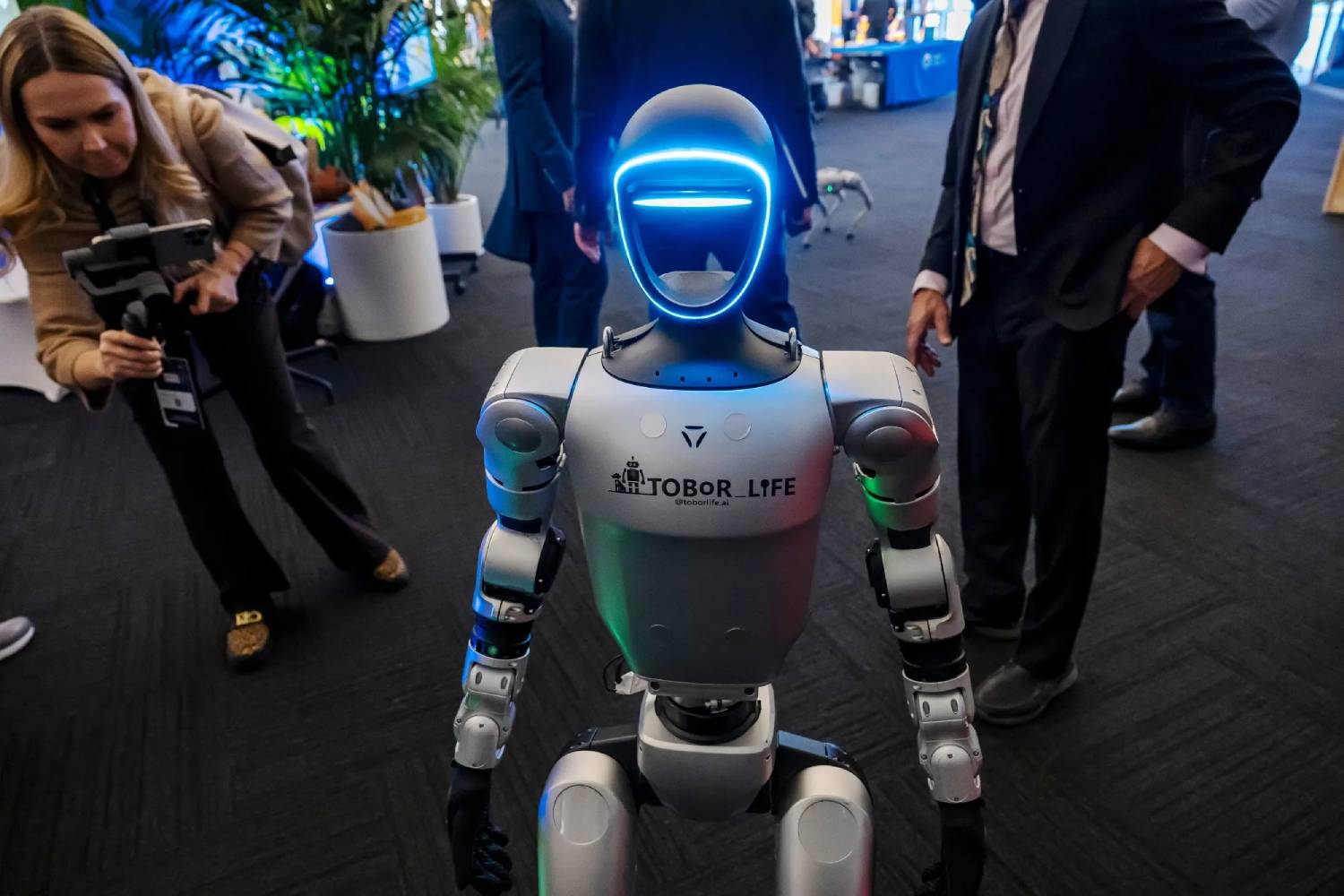
Best Practices for Humanoid Robotics Development
- Continuously train AI models to improve learning.
- Optimise sensory inputs for better perception.
- Create intuitive user interfaces for smooth interaction.
Common Mistakes to Avoid
- Over-reliance on Pre-Programmed Responses: This limits adaptability. Robots should learn in real time.
- Inadequate Testing in Real-World Environments: Robots need testing in dynamic conditions, not just labs.
- Ignoring Ethical Considerations: Developers must tackle privacy, AI biases, and job displacement concerns.
Advanced Insights & Expert Recommendations
1. Improving Sensory Capabilities
Future developments will enhance robot perception:
- Advanced vision systems for better recognition.
- Tactile sensors for touch sensitivity.
- Enhanced sound processing for clearer speech understanding.
2. Enhancing Autonomous Decision-Making
Key research focuses on giving robots the ability to:
- Make independent decisions based on real-time data.
- Predict outcomes using deep learning.
- React proactively instead of just responding.
3. AI-Powered Search and Rescue Applications
Humanoid robots can be crucial in disaster response and search-and-rescue missions, where quick decision-making is vital.
Frequently Asked Questions:
- Can humanoid robots think like humans?
- How do robots learn new tasks?
- Can humanoid robots replace human jobs?
- Are there laws regulating humanoid robots?
Robots can process information quickly and learn patterns but lack emotions.
Robots use machine learning algorithms to analyse data, receive inputs, and adapt based on experiences.
Robots might automate some tasks, but they are more likely to support human workers instead of replacing them.
Many countries are working on AI and robotics regulations to address ethical and safety issues.
The Promise & Challenges of Humanoid Robotics
As we approach 2025, humanoid robots are rapidly becoming a reality. AI-powered assistants will reshape industries and daily lives. But these advances come with hurdles and ethical dilemmas.
Developers, policymakers and the public need to cooperate for humanoid robots to benefit society. Developers must prioritise ethical AI, safety compliance, and human-robot collaboration.
“The process of creating realistic humanoid robots is very complicated and fascinating. While we stretch technology, we also need to think about the impact on society. It should not be about replacing humans but augmenting them. The future is bright — if we act responsibly.”
Secret Tip: For the best performance, ensure that humanoid robots are trained in diverse environments to enhance adaptability and efficiency.
